Guide to Transposing and Transposing Instruments
by Christian Morris
Assumed knowledge: make sure you know how to describe the interval between two notes and you know your key signatures.
What is transposing?
Transposing means changing the pitch of all notes in a piece upwards or downwards and by the same amount so that the relative distance between each note remains the same. In most music you will encounter it will also mean changing the key signature. For example, when we transpose a piece up a major second from F major, the new key signature will be G major.
Why do we need to transpose?
1.
To make the performance of a piece easier. Some keys, for example, work better on one instrument than for another. For example, a piece might be comfortable in a flat key such as Eb major on a trumpet, but on a sharp key, such as A or D major on a violin. Also, transposing the key can make the range of a work easier for the performer - if a piece is too high, for example, we may transpose it downwards to a more comfortable key.2.
You will not be able to read or write music properly without a knowledge of transposing, since many instruments are not notated in the key the piece is written in (these are known as 'transposing instruments', see below). 3.
Understanding how transposing works is a first step to being able to transpose at sight, a vital skill for many musicians, especially those who play certain orchestral instruments.
How do I do it?
It is, in fact, simple, so long as you know your key signature and intervals. Take this famous tune in A minor.
If we want to write the piece in piece in B minor, this key is a major second higher than the A minor, so every note must also be a major second higher. Notice how you must also take into account accidentals in the new key, so the D#s and G#s in the original become E#s and A#s in the transposed version:
In the same way we can transpose the piece to a more remote key, this time F minor:
A good demonstration of how transposition effects any particular piece, can be seen by experimenting with the transpose button on any 8notes score. You will find these as up and down arrows to the right of the tempo slider:

So what are transposing instruments? How do I write for them?
You may have noticed that some instruments are described not just by their name - trumpet, horn, clarinet - but also by a key i.e. trumpet in Bb, horn in F, clarinet in Bb. This does not mean that the instrument always plays in those keys, it means that when the note 'C' is written on the stave, the note specified will actually sound:
Trumpet in Bb and clarinet in Bb - a written C produces the note Bb a major second lower:
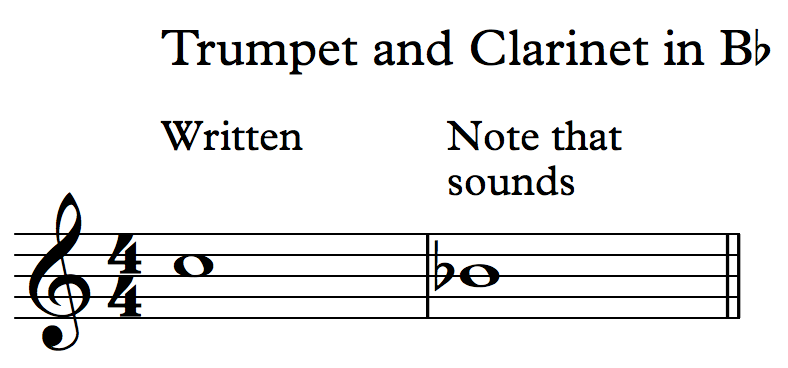
Alto Saxophone in Eb - a written C produces an Eb a major sixth lower.
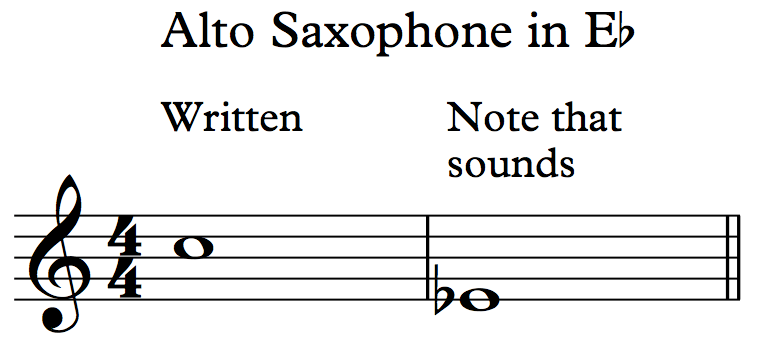
French Horn in F - a written C produces the note F a perfect fifth lower:
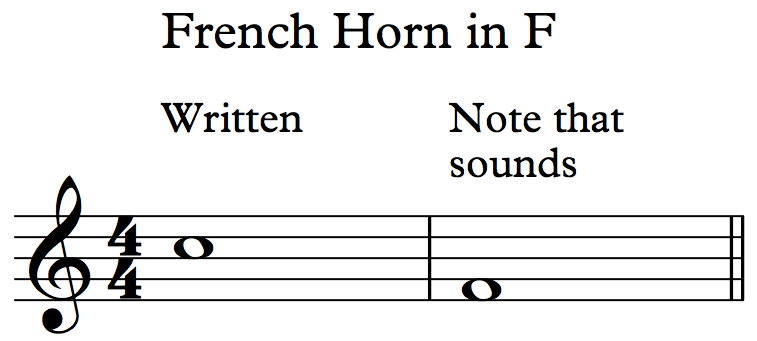
If you are, therefore, a composer who wants to write for one of these instruments or a player who wants to play a part that has not been transposed for your instrument you must compensate for this, otherwise the sounds the instrument makes will be in the wrong key. This is especially important if you are playing with a non-transposing instrument, since if you don't transpose you will each be playing in different keys!
We compensate by transposing the part:
Trumpet in Bb and clarinet in Bb: parts must be transposed up a major second. Look, for example, at this 8notes duet for flute and clarinet:
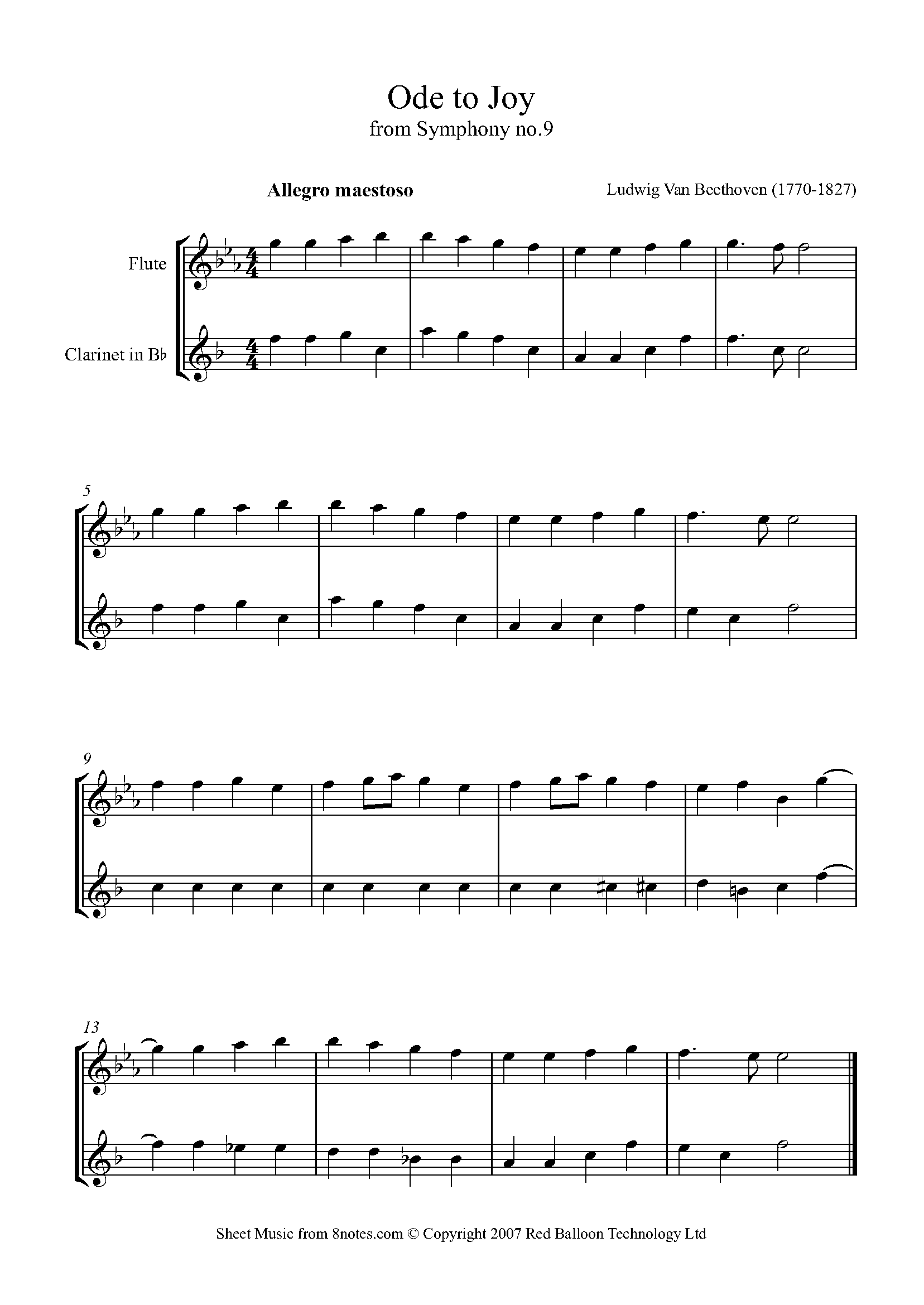
Beethoven - Ode to Joy sheet music for Flute-Clarinet Duet
The flute is a non-transposing instrument - what is written is the same as what you hear. Its key, Eb, is, therefore, the key of the piece. The clarinet part, on the other hand, is written in F major, since every note will sound a major second lower than is written.
Alto Saxophone in Eb: the part must be transposed a major sixth higher:
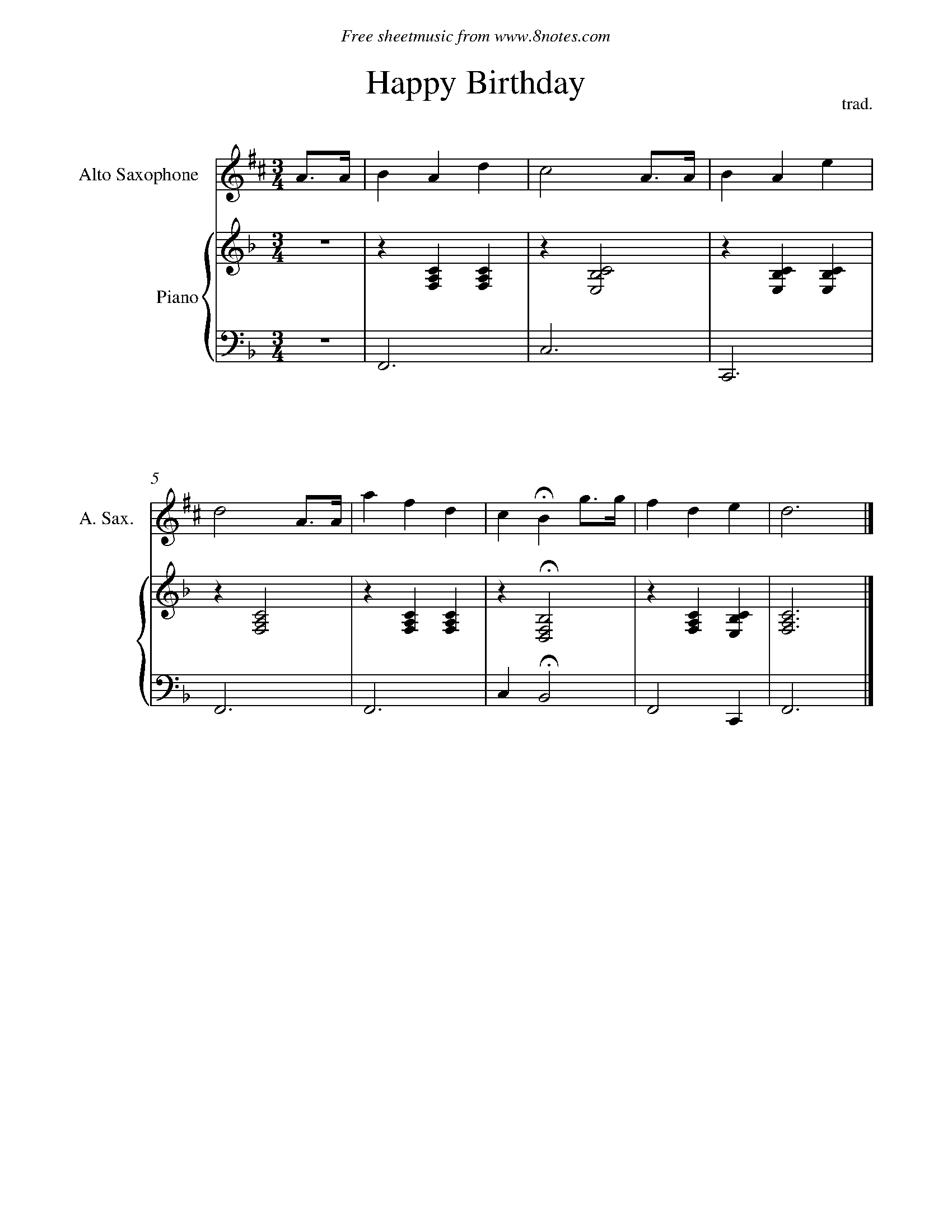
Happy Birthday sheet music for Alto Saxophone
In this piece the piano is a non-transposing instrument, so the key of F is the key of the piece. The saxophone is therefore written a major sixth higher than this, in the key of D, since every note will sound a major sixth lower than written.
Horn in F: the part must be transposed upwards by a perfect fifth:
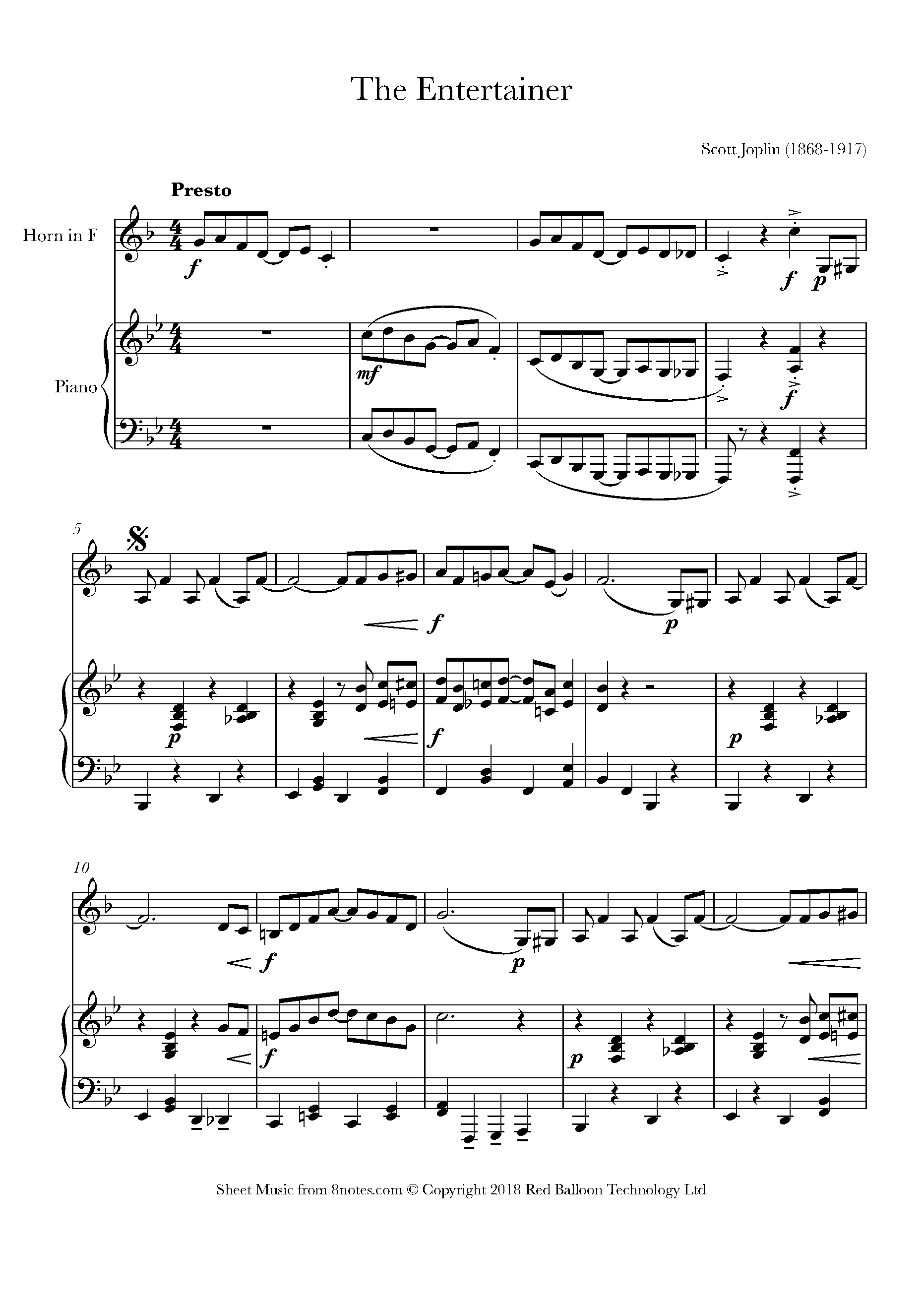
Scott Joplin - The Entertainer sheet music for French Horn
In this cast the piano, as the non-transposing instrument is in Bb manor, but the horn is written in F, a perfect fifth higher.
Complete list of common transposing instruments
Woodwind
Piccolo: Written in C, but sounds an octave higher than written (so part must be written an octave lower).Cor anglais in F: Sounds a major fifth lower than written (so part must be written a major fifth higher).
Clarinet in Bb: Sounds a major second lower than written (so part must be written a major second higher).
Clarinet in Eb: Sounds a minor third higher than written (so part must be written a minor third lower).
Clarinet in A: Sounds a minor third lower than written (so part must be written a minor third higher).
Soprano saxophone in Bb: Sounds a major second lower than written (so part must be written a major second higher).
Alto saxophone in Eb: Sounds a major sixth lower than written (so part must be written a major sixth higher).
Tenor saxophone in Bb: Sounds an octave plus a major second lower than written (so part must be written an octave plus a major second higher).
Baritone saxophone in Eb: Sounds an octave plus a major sixth lower than written (so part must be written an octave plus a sixth higher).
Bass clarinet in Bb (treble clef): Sounds an octave plus a major second lower than written (so part must be written an octave plus a major second higher).
Brass
Horn in F: Sounds a major fifth lower than written (so part must be written a major fifth higher).Trumpet/cornet in Bb: Sounds a major second lower than written (so part must be written a major second higher).
Trumpet/cornet in Eb (less common): Sounds a minor third higher than written (so part must be written a minor third lower).
Euphonium/baritone in Bb (treble clef): Sounds an octave plus a major second lower than written (so part must be written an octave plus a major second higher).
Tuba: Usually written in bass clef in C (i.e. not transposing), but in brass band scores especially it is treated as a transposing instrument and written in treble clef, in which case:
Tuba in Eb: Sounds an octave plus a major sixth lower than written (so part must be written an octave plus a major sixth higher).
Tuba in Bb (also called 'double Bb' or 'BBb tuba'): Sounds two octaves plus a major second lower than written (so part must be written two octaves plus a major second higher).



